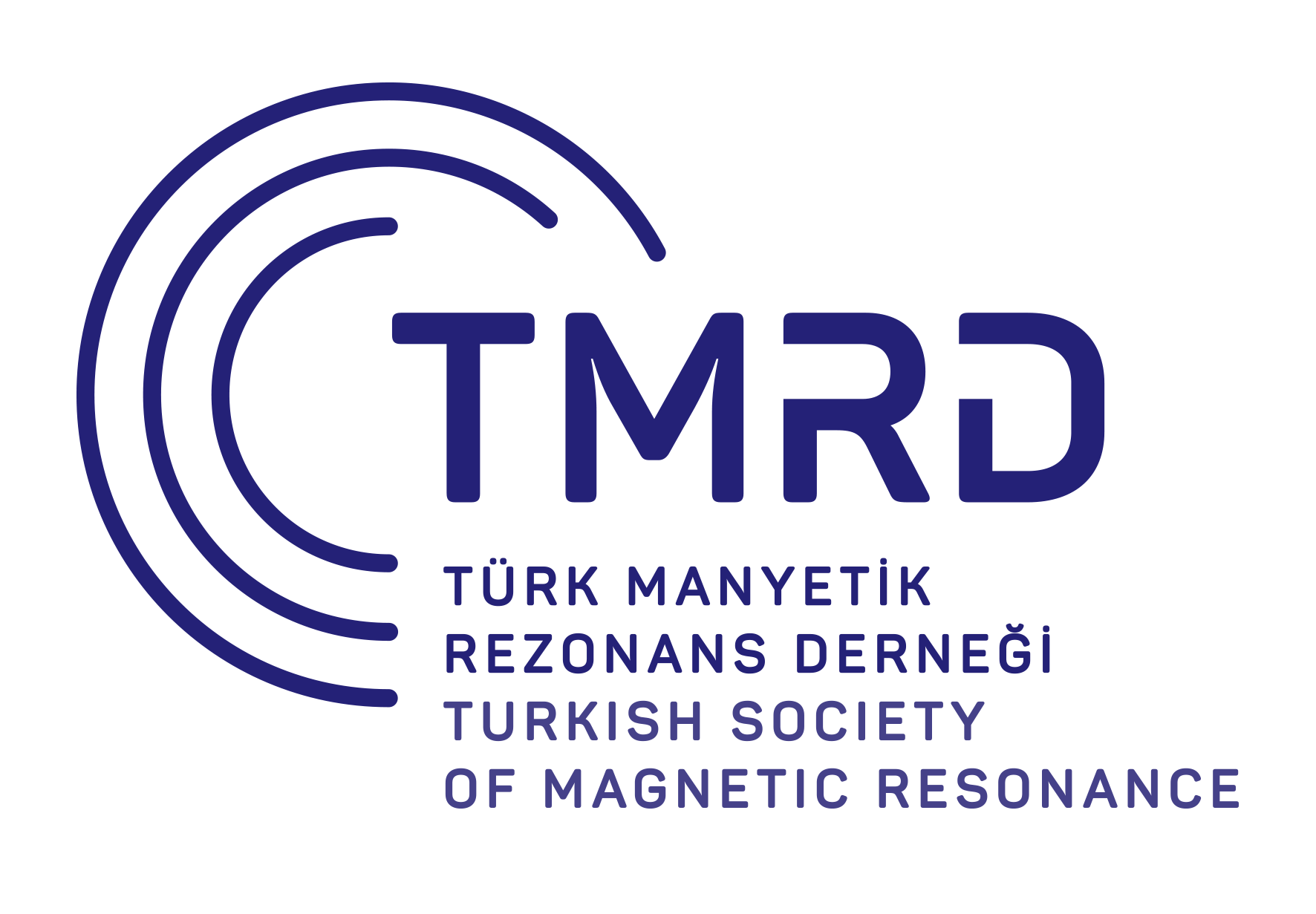Objective: The aim was to provide a more efcient and tolerable oral contrast agent for bowel distension with fewer side efects due to its pH-sensitive nature.
Methods: Mixtures of uncoated powder and enteric-coated granule forms of locust bean and xanthan gum (LBXG, 1:1 ratio) were developed. Locust bean and xanthan gum and commercially available oral contrast agents were examined using 3-tesla MR and MDCT units to determine imaging characteristics. In addition, LBXG was tested in a rabbit by a 3-tesla MR system.
Results: Enteric-coated LBXG had a minimum of 10 times water absorption and swelling in the intestinal environment (pH 4.5-7.4). The lactulose solution was hyperdense, and the other contrast agents (including LBXG) were isodense on CT images. Methylcellulose solutions showed clumping in all environments despite sufcient shaking, and this type of clumping was not observed in other solutions. All solutions were hypointense on T1-weighted images and hyperintense on T2-weighted MR images. Although the enteric-coated LBXG granules were homogeneously soluble in water and an alkaline environment, they did not dissolve and precipitated in the acidic bufer despite sufcient shaking. LBXG showed biphasic character on MR images of the rabbit.
Conclusion: Enteric-coated LBXG granules may be an efective oral contrast agent for enterography examinations. Because of its target-specifc nature, it may provide fewer side efects and a higher diagnostic efciency/toleration capacity. It can be used for enterography exams and bowel cleansing before enterography, endoscopy, and/or surgery.
Cite this article as: Algin O, Olcer M, Oto Ç. PH-sensitive, encapsulated, and natural oral contrast media for enterography. Current Research in MRI, 2024;3(1):9-15.



.png)
